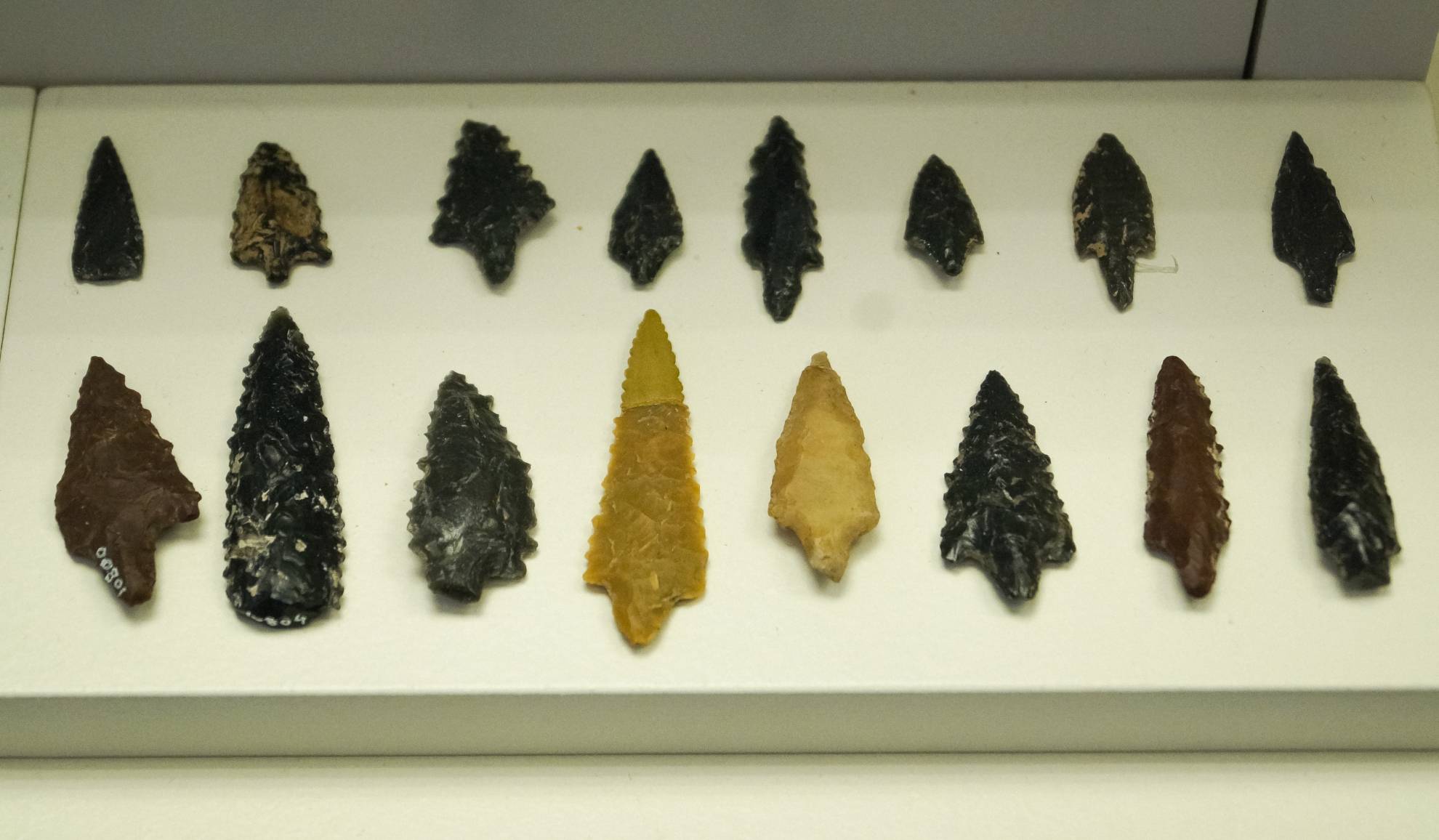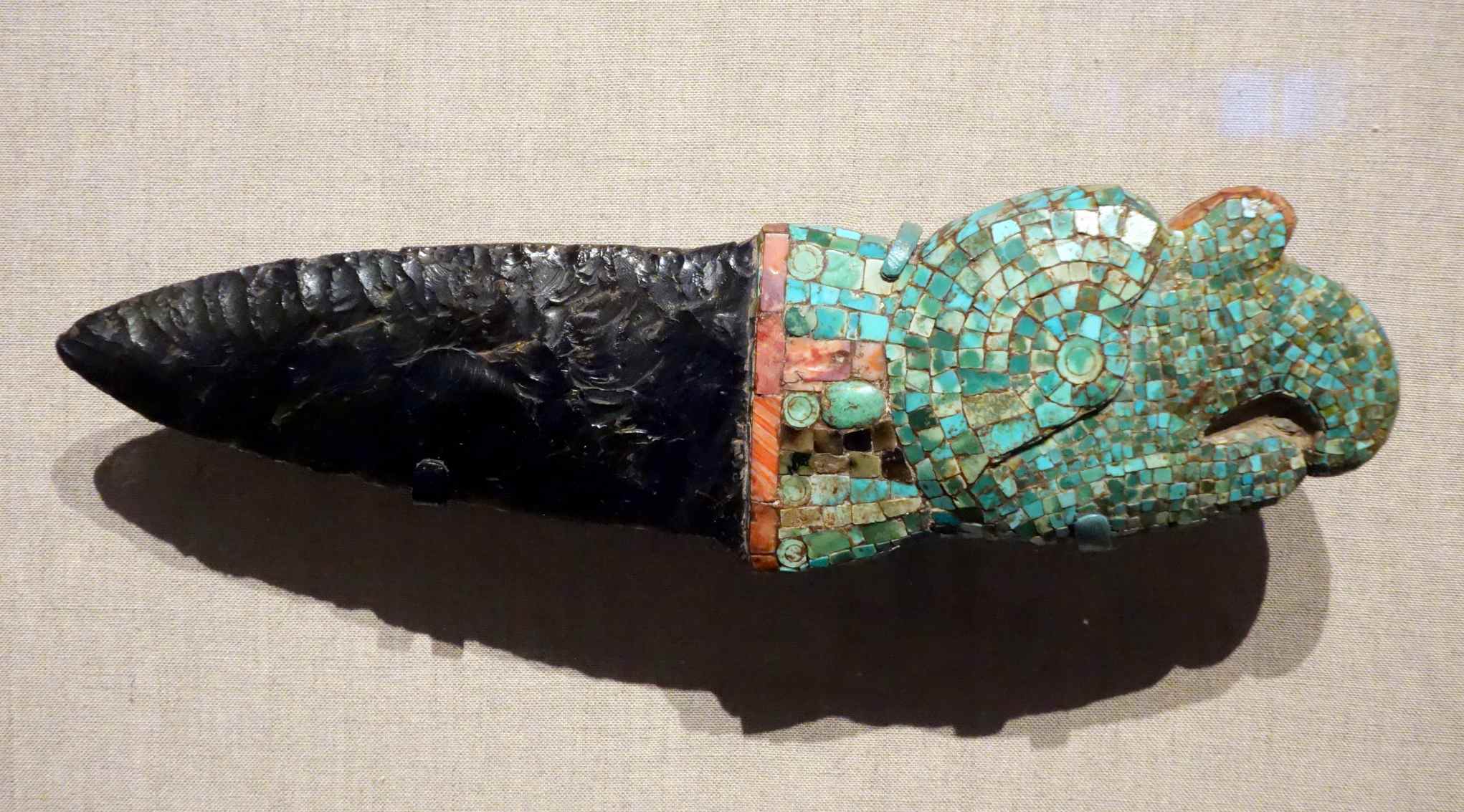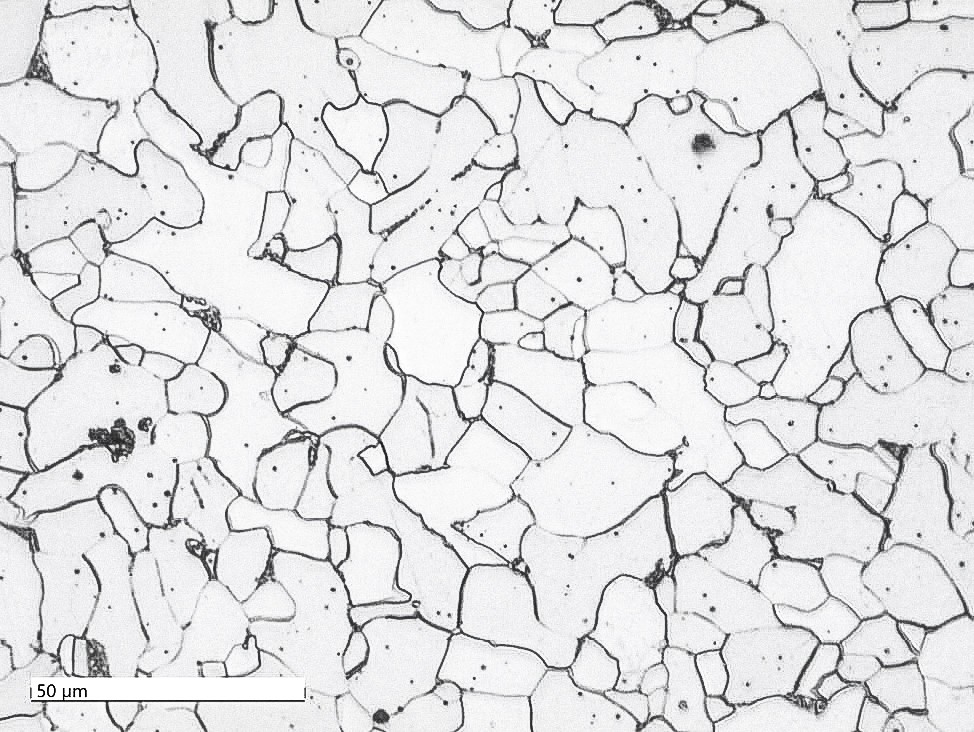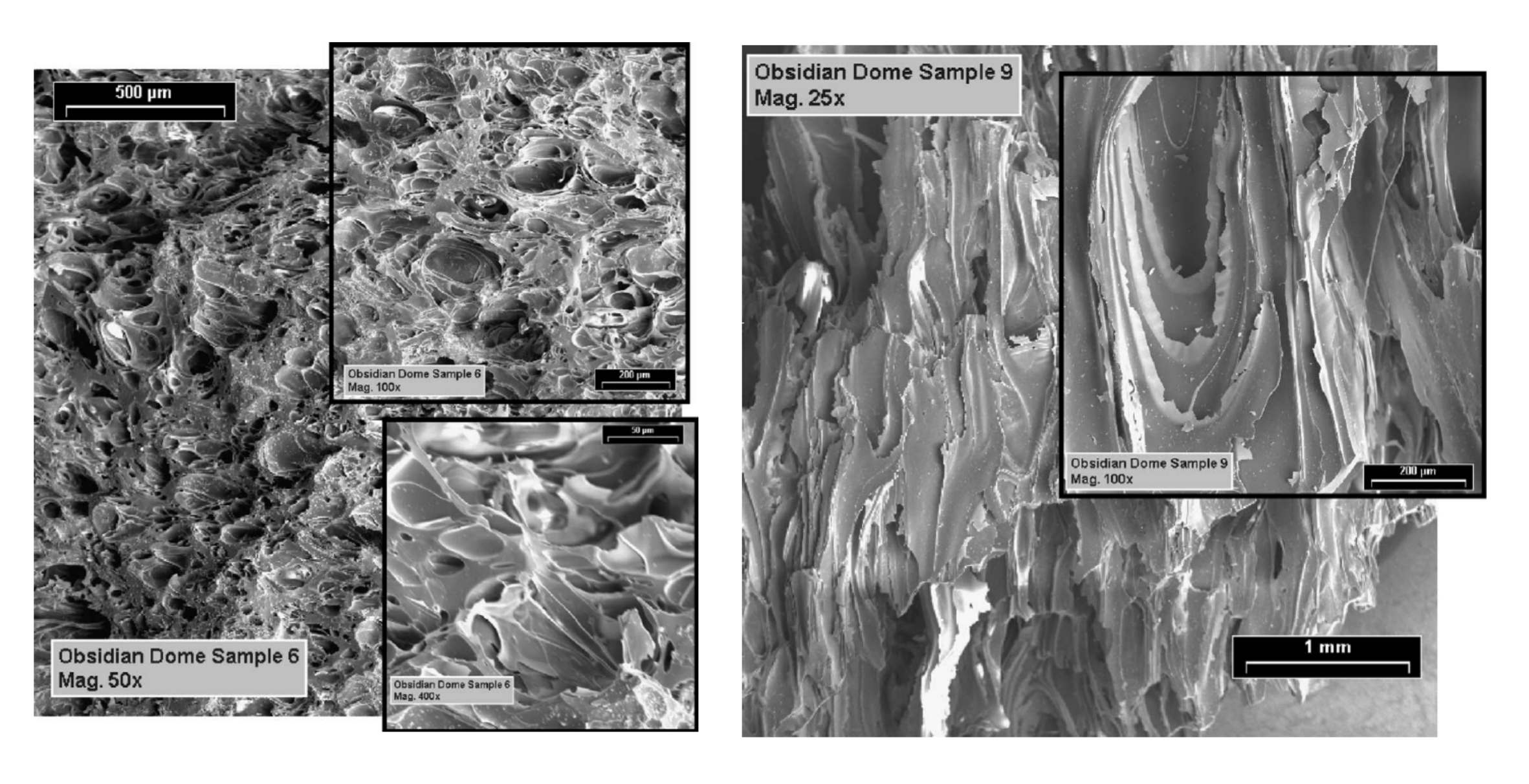These incredible tools are a testament to the ingenuity and resourcefulness of human beings – and begs the question, what other ancient knowledge and techniques have we forgotten in our race towards progress?
As we hurry through our daily routines, constantly on the lookout for the latest and greatest in technology and innovation, it’s easy to forget the remarkable feats of our ancestors. Millennia ago, long before the advent of steel, our ancient ancestors crafted some of the sharpest and most precise tools using an intriguing material – obsidian. This jet-black object was prized by ancient societies for its sharpness and durability.

Obsidian was so valuable that it was traded between distant societies, and wars were fought over it. But, unlike many other ancient artifacts, obsidian has not lost its relevance over time. It’s fascinating to think that this ancient stone is still in use today, and its story continues to be told.
The history of obsidian tools

The earliest recorded usage of obsidian can be traced back to Kariandusi, Kenya, and other locations of the Acheulian age, which dates back to 700,000 BC. However, only a few objects from this period have emerged relative to the Neolithic era.
Production of obsidian bladelets at Lipari had attained a more high level of preciseness in the late Neolithic and was traded across Sicily, southern Po river valley, and Croatia. Obsidian bladelets were utilized during ceremonial circumcisions and the cutting of newborns’ umbilical cords. Records reveal that Anatolian sources of obsidian were utilized in the Levant and modern-day Iraqi Kurdistan beginning in approximately 12,500 BC. Obsidian relics are prevalent at Tell Brak, one of the earliest urban centers in Mesopotamia, dating back to the late fifth millennium BC.
After Stone Age, when the world began to change with the adoption of bronze, brass, and steel for weapons and societies advanced, the Aztecs did not readily adopt metal weapons. There was no need to, as they had obsidian in their hands.
The Mayan Indians are credited with using highly sophisticated obsidian blades first 2,500 years ago. Since obsidian will fracture down to a single atom, it is claimed to have a cutting edge five hundred times sharper than the sharpest steel blade, and under a high magnification microscope an obsidian blade still appears smooth, whereas a steel blade has a saw like edge.
How did Aztecs create or shape tools and weapons made of obsidian?

The Aztecs were not required to manufacture obsidian; it could be readily procured. Obsidian is a kind of naturally existing glass that emerges when lava, discharged from a volcanic eruption, solidifies rapidly, resulting in minimal to no crystal formation.
The particular type of lava responsible for the formation of obsidian is referred to as felsic lava. This type of lava is characterized by its abundance of lightweight elements such as oxygen, potassium, sodium, silicon, and aluminum. The presence of silica within the lava results in a high viscosity, which in turn restricts the diffusion of atoms within the lava.
This phenomenon of atomic diffusion sets in motion the initial stage of mineral crystal formation, commonly referred to as nucleation. As the lava cools at a rapid rate, it transforms into obsidian, an elegant and organic volcanic glass. This process is a result of the swift cooling period, which creates a glassy texture with no crystalline structure. This natural occurrence is an aesthetically pleasing outcome of the geological activity of volcanic eruptions.
Obsidian possesses a rare quality of being akin to a mineral yet not entirely one in actuality, as it constitutes glass and not a crystalline substance. This distinctive attribute sets it apart from other minerals, standing out as its defining feature. The highly polished, glossy appearance of pure obsidian is the result of a glassy texture, reflecting light brilliantly as its surface gleams with excitement.
However, the color of obsidian varies as it exists in diverse forms, presenting itself in different hues, colors, and textures dependent on the presence of impurities like iron or magnesium within the lava. This can produce shades of dark green, brown, or black, which may appear mottled or streaked, adding an artistic flair to the mineral’s appearance.
In weapons, pure obsidian showcases its black and shiny exterior, reminiscent of midnight and mysterious elegance. This further enhances the mineral’s allure and makes it an intriguing gemstone sought after by many.
Use of obsidian from prehistoric era to the modern age
In Neolithic times, trepanation – or drilling a hole into the skull – was thought to be a cure for everything from epilepsy to migraines. It could even have been a form of emergency surgery for battle wounds. But while there is still conjecture about the real reasons behind the mysterious procedure, what is known is that the implement often used to carry out the primitive surgery was made from one of the sharpest substances found in nature: obsidian.
Obsidian can produce cutting edges many times finer than even the best steel scalpels. At 30 angstroms – a unit of measurement equal to one hundred millionth of a centimeter – an obsidian scalpel can rival diamond in the fineness of its edge.
When you consider that most household razor blades are 300 to 600 angstroms, obsidian can still cut it with the sharpest materials nanotechnology can produce. Even today, a small number of surgeons are using this ancient technology (though the US FDA has not yet approved the use of obsidian blades in surgery on humans due to their brittle nature and higher risk of breaking compared to traditional steel scalpel blades) to carry out fine incisions that they say heal with minimal scarring.
In other words, obsidian knives are so sharp they cut on a cellular level. Due to this, when used in the medical field, incisions made with the blade heal faster with less scarring. And most importantly, they stay sharp even after being buried in the ground for thousands of years. Its remarkable use reminding us that the oldest methods of craftsmanship still have a place in our modern world.
How can obsidian be more smooth and sharp than honed steel?
Steel is almost always composed of very many separate crystals (microscopic grains), rather than one large one. When steel fractures, it typically fractures along the uneven joins between separate crystals. Obsidian contains almost no crystals large enough to affect the material’s fracture properties and it is for this reason it breaks smoothly and sharply. Because obsidian lacks crystals, it does not break along lines of weakness in the material, it just fractures along the lines of the stress that caused the fracture.


This is also why obsidian and similar materials show conchoidal fractures. When you look at the shape of some fractured obsidian, you are looking at the shape of the shockwave that cracked it. When you look at the shape of some fractured steel, you are looking partly at the shape of the shockwave that fractured it, but mostly at the lines of weakness between the steel’s imperfections and the joins between it’s crystals.
If it is possible to sharpen steel delicately enough not to cause fractures, the slightest force would be enough to knock unsupported crystals out of place. If you sharpen steel so that its edge is thinner than its crystal size, then there is not much holding the edge crystals in place as they are no longer inter-locked. Therefore, it’s likely never possible.
Conclusion
As we reflect upon the remarkable durability and sharpness of obsidian, we are left to wonder at the enduring legacy of our ancient ancestors. From the Mayan Indians to the Stone Age spear hunters, the remarkable intelligence and innovation of our forebears is evident in the use of such a striking and effective tool.
Today, we continue to rely on obsidian as a valuable resource, marveling at its ability to maintain a cutting edge far superior to even the most advanced steel blades. As we honor the ingenuity of those who came before us, we are also reminded of the importance of looking to the past for guidance, inspiration, and the tools we need to shape a better future.